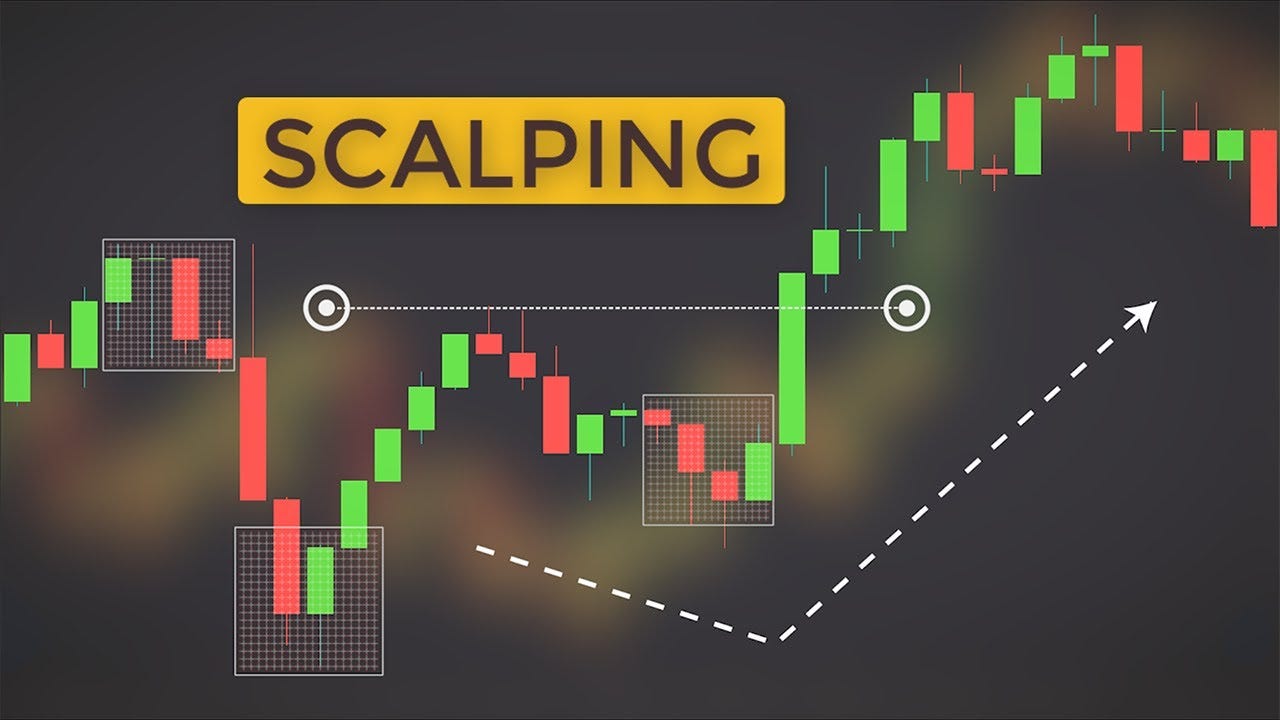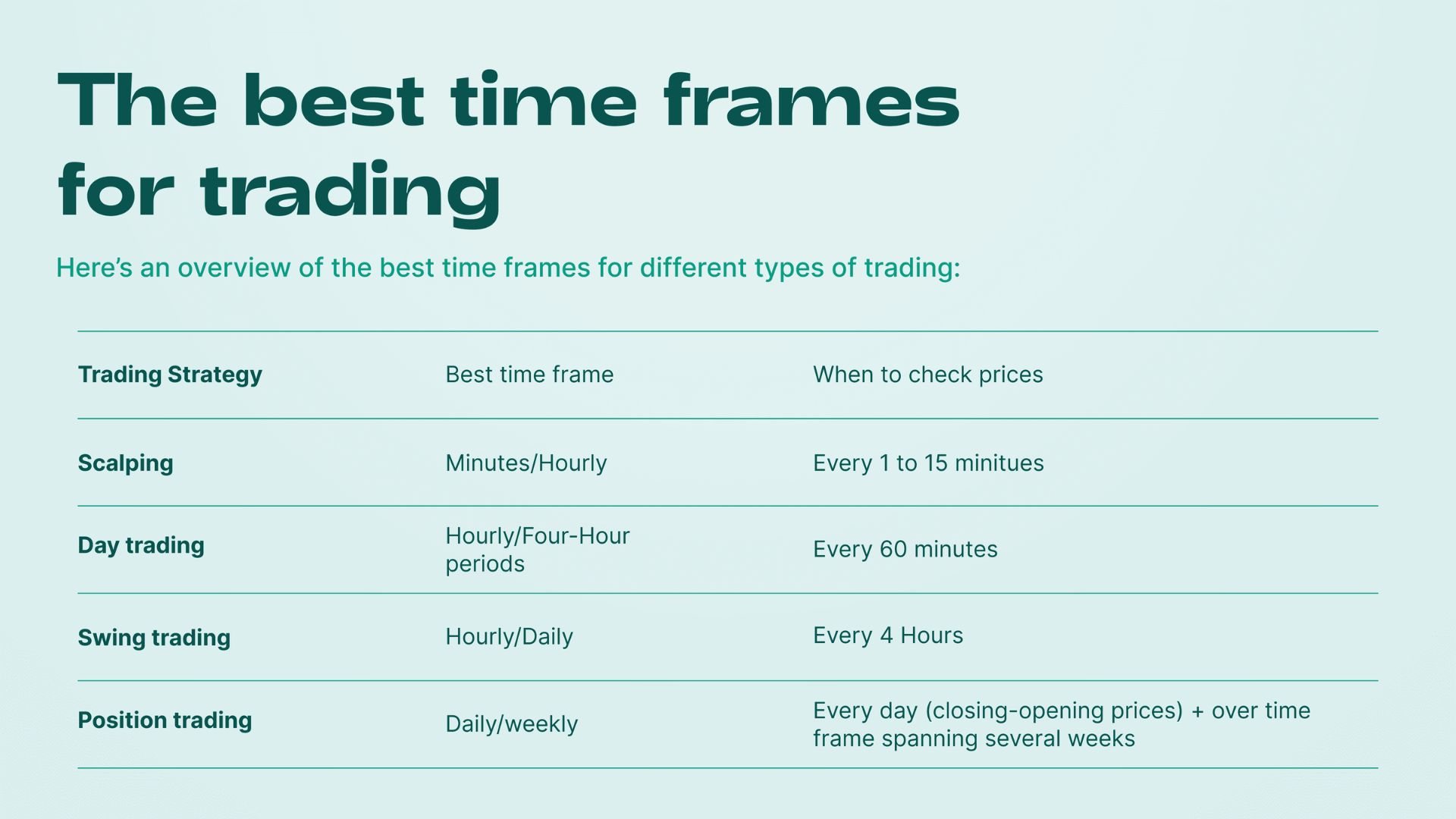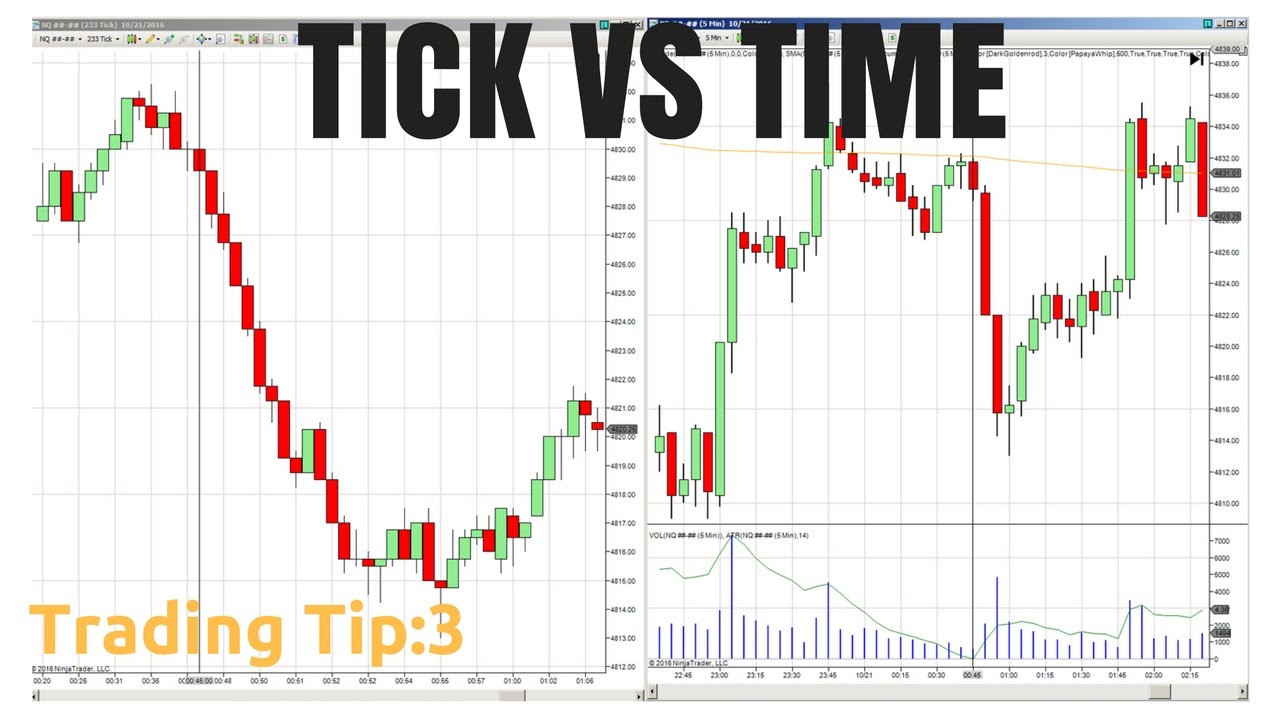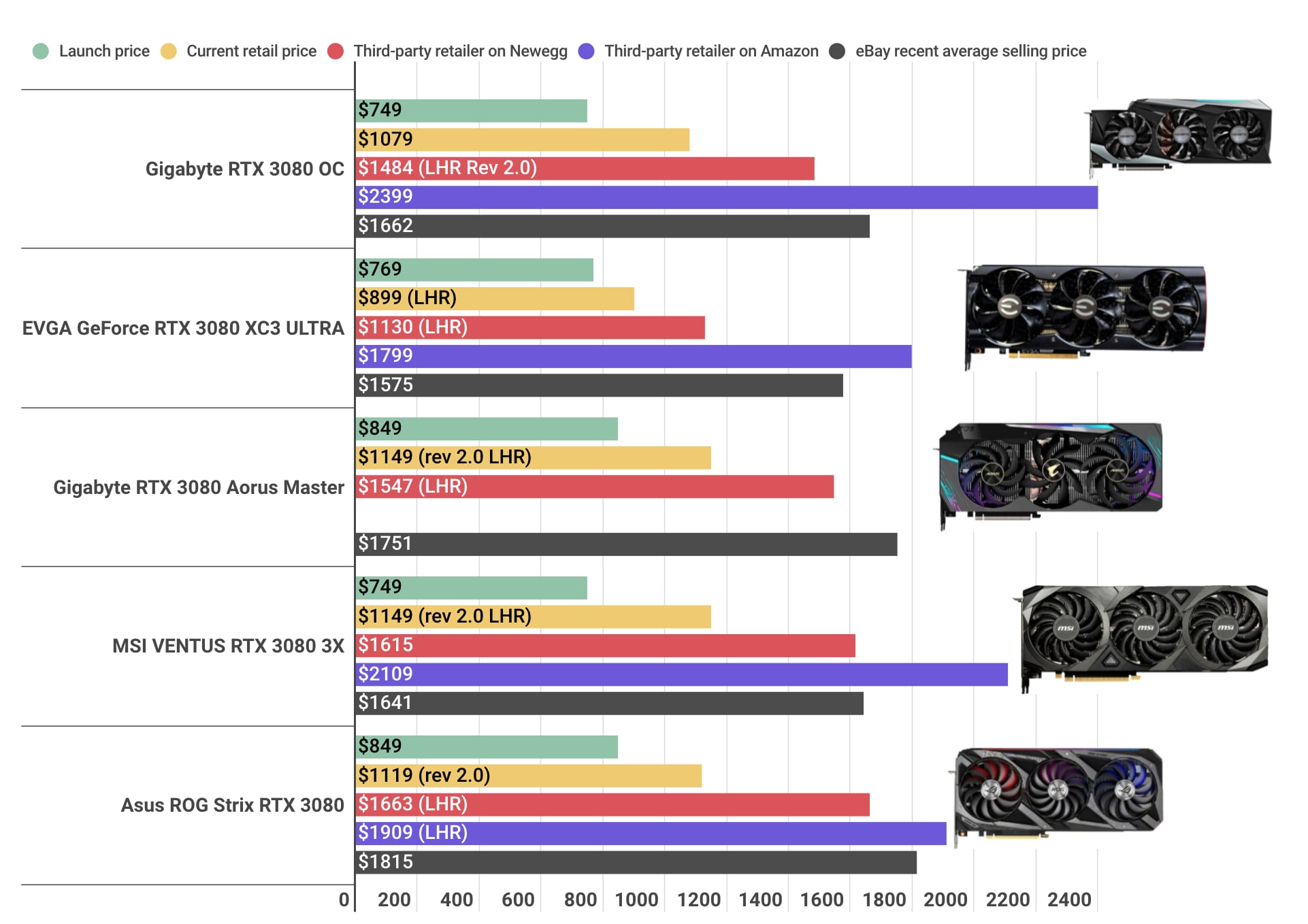Introduction
Welcome to the world of scalping trading, a fast-paced and exciting approach to the financial markets. If you’ve ever been intrigued by the idea of making quick profits by capitalizing on small price movements, then scalping trading may be the strategy for you. This article will provide you with a comprehensive overview of scalping trading, including its definition, benefits, risks, key principles, strategies, and tools.
Scalping trading is a style of trading that focuses on taking advantage of short-term price fluctuations. The goal is to make multiple small trades throughout the day, profiting from small price movements that occur within a matter of seconds or minutes. This trading style requires traders to have a high level of discipline, as they must be able to quickly enter and exit trades based on their predefined criteria.
One of the key attractions of scalping trading is the potential for fast profits. Since the trades are executed on short time frames, traders have the opportunity to take advantage of numerous trading opportunities in a single day. This can lead to a greater overall profit potential compared to longer-term trading strategies.
However, it’s important to note that scalping trading also comes with its fair share of risks. The fast-paced nature of scalping makes it susceptible to market volatility, which can result in rapid price fluctuations. Traders must be able to handle these fluctuations and make quick decisions to minimize potential losses.
Scalping trading also requires traders to have a deep understanding of the markets and the ability to analyze and interpret price charts and indicators. Having a solid grasp of technical analysis is essential for identifying potential entry and exit points.
In the following sections, we will explore the benefits and risks of scalping trading, discuss the key principles that guide this strategy, delve into various scalping trading strategies, and highlight the tools and indicators that can enhance your scalping trades. Additionally, we will provide examples of successful scalping trades and discuss common pitfalls to avoid.
By the end of this article, you will have a solid understanding of scalping trading and be well-equipped to incorporate this strategy into your trading repertoire. So, without further ado, let’s dive into the exciting world of scalping trading.
What is Scalping Trading
Scalping trading is a short-term trading strategy that aims to profit from small price movements in the financial markets. Traders who use this strategy, known as scalpers, typically hold positions for a very brief duration, ranging from seconds to minutes.
The concept behind scalping trading is to take advantage of small price fluctuations that occur within a larger trend. Instead of focusing on long-term analysis and predicting market trends, scalpers look for opportunities to enter and exit trades quickly, capitalizing on small price movements.
Scalping traders rely heavily on technical analysis to identify potential entry and exit points. They use various indicators, such as moving averages, Fibonacci retracements, and support and resistance levels, to make informed trading decisions. By analyzing price charts and patterns, scalpers aim to identify short-term trends and take advantage of them for quick profits.
Scalping trading requires traders to be highly disciplined and focused. Since trades are executed on shorter time frames, scalpers need to constantly monitor the market and be ready to enter or exit positions at a moment’s notice. This can be mentally demanding, as it requires staying focused and making quick decisions in dynamic market conditions.
Scalpers typically target liquid markets, such as foreign exchange (forex), stocks, and commodities, where there are ample trading opportunities and narrower bid-ask spreads. The high liquidity in these markets allows for quick execution of trades and minimizes the impact of transaction costs.
It’s worth noting that scalping trading is not suitable for all traders. Due to its fast-paced nature, scalping requires traders to have a high level of concentration, discipline, and emotional control. The trading style may not be suitable for those who prefer a more relaxed approach or have limited time to monitor the markets closely.
Scalping trading can be a profitable strategy if executed properly. However, it’s important to understand that it comes with its own set of challenges and risks. The rapid price movements and market volatility can lead to increased transaction costs, slippage, and potential losses if trades are not carefully managed.
In the next sections, we will explore the benefits and risks of scalping trading in more detail, providing you with a comprehensive understanding of this trading strategy.
Benefits of Scalping Trading
Scalping trading offers several advantages for traders who are attracted to its fast-paced nature and short-term profit potential. Let’s take a closer look at the benefits of this trading strategy:
- Quick Profits: One of the main attractions of scalping trading is the ability to generate quick profits. Since trades are executed on short time frames, scalpers have the opportunity to make multiple trades in a single day, capitalizing on small price movements. The cumulative effect of these small profits can result in significant gains over time.
- Reduced Exposure to Market Risk: Scalping trading involves holding positions for a very short duration, which reduces the exposure to market risk. By quickly entering and exiting trades, scalpers aim to minimize the time their capital is at risk in the market. This can be especially advantageous during volatile market conditions when prices can rapidly fluctuate.
- Flexibility and Freedom: Scalping trading allows for flexibility and freedom in terms of trading hours. Since scalpers focus on short-term price movements, they can choose to trade during specific sessions that align with their availability and preferred market conditions. This flexibility allows traders to fit trading into their schedule and avoid being tied to their screens for extended periods.
- Opportunities in Both Bull and Bear Markets: Scalping trading can be profitable in both bullish and bearish market conditions. By capitalizing on short-term price movements, scalpers can generate profits regardless of the overall market direction. This versatility makes scalping trading attractive to traders who want to remain active in the markets even during periods of uncertainty and volatility.
- Zoning in on Market Noise: Scalping trading focuses on capturing small price movements that may be overshadowed by larger market trends. This strategy allows traders to analyze and trade based on the shorter-term noise in the market, rather than getting caught up in longer-term fundamental factors. Scalpers use technical analysis to pinpoint entry and exit points, allowing them to take advantage of short-term market inefficiencies.
It’s important to note that while scalping trading offers potential benefits, it also comes with its fair share of challenges and risks. In the next section, we will discuss the risks associated with scalping trading to provide a more balanced perspective on this trading strategy.
Risks of Scalping Trading
While scalping trading can be an exciting and potentially profitable strategy, it’s important to be aware of the risks involved. Here are some key risks to consider:
- High Transaction Costs: Scalping trading involves frequent buying and selling of positions, which can lead to increased transaction costs. Since scalpers aim to profit from small price movements, these costs can eat into their overall profitability. It’s important to consider the impact of spreads, commissions, and other fees when executing a scalping strategy.
- Market Volatility: Scalping trading is highly sensitive to market volatility. Rapid price fluctuations can occur within seconds or minutes, making it essential for scalpers to have quick reflexes and the ability to make fast decisions. High volatility can also increase the risk of slippage, where trades are executed at a different price than intended, resulting in potentially larger losses or reduced profits.
- Emotional Challenges: Scalping trading requires a high level of mental discipline. As trades are executed quickly and decisions need to be made promptly, scalpers may experience increased stress and pressure. Emotion-based trading decisions can lead to irrational actions and potentially result in losses. Staying calm, focused, and adhering to predefined strategies are essential for successful scalping trading.
- Over-Trading: The fast-paced nature of scalping can result in a temptation to over-trade. Traders may feel the need to constantly be in the market, seeking out every possible opportunity. However, over-trading can lead to increased transaction costs, exhaustion, and impulsive decision-making. It’s important to exercise restraint and only take trades that align with well-defined strategies.
- Technical Challenges: Scalping trading relies heavily on technical analysis. Traders need to have a solid understanding of various indicators, chart patterns, and trading software. Lack of technical expertise can result in misinterpretation of signals and poor trade execution. It’s crucial to invest time in honing technical analysis skills and staying updated on market trends.
It’s important for scalpers to thoroughly understand and manage these risks. Strategy development, risk management techniques, and continuous learning play a vital role in navigating the challenges associated with scalping trading. Developing realistic expectations and maintaining a long-term perspective can help traders navigate the ups and downs commonly experienced in this trading style.
Now that we have explored the potential risks of scalping trading, let’s move on to discussing the key principles that guide this strategy.
Key Principles of Scalping Trading
Scalping trading requires a systematic approach and adherence to key principles to increase the probability of success. Here are some essential principles to keep in mind when engaging in scalping trading:
- Trade with Liquid Markets: Scalping is most effective in markets with high liquidity. Liquid markets, such as forex or major stock indices, offer tight bid-ask spreads and ample trading opportunities. This helps in executing trades quickly and minimizing slippage, which can impact profit margins.
- Use Short Time Frames: Scalping trades are executed on short time frames, usually ranging from a few seconds to a few minutes. Traders focus on shorter intervals, such as one-minute or five-minute charts, to identify potential entry and exit points. Using shorter time frames allows for quicker analysis and decision-making.
- Define Entry and Exit Criteria: Scalpers should have predefined criteria for entering and exiting trades. This includes identifying specific chart patterns, support and resistance levels, or indicator signals that act as triggers for initiating or closing a position. By having a clear plan in place, traders can avoid impulsive decisions driven by emotions or market noise.
- Manage Risk: Effective risk management is crucial in scalping trading. Traders should determine an appropriate risk-reward ratio for each trade and set stop-loss orders to limit potential losses. It’s important to understand that not every trade will be successful, and accepting small losses is a part of the scalping strategy.
- Monitor Market Conditions: Scalpers need to stay vigilant and continuously monitor market conditions. Keep an eye on important economic announcements, news events, or market trends that may impact price movements. By staying informed, traders can make better-informed decisions and adjust their strategies accordingly.
- Practice Patience and Discipline: Scalping trading requires patience and discipline. It’s important to wait for the setup that meets the predefined criteria rather than trying to force trades. Scalpers should also stick to their trading plan and avoid deviating from it based on impulsive reactions to market movements.
Adhering to these key principles can help scalpers navigate the dynamic nature of the markets and increase the consistency of their trading results. A disciplined and systematic approach to scalping is essential for managing risk and staying focused amidst the fast-paced trading environment.
Now that we have covered the key principles of scalping trading, let’s move on to exploring various strategies that can be employed in this trading style.
Strategies for Scalping Trading
Scalping trading involves employing various strategies to take advantage of short-term price movements. These strategies are designed to identify quick entry and exit points for maximizing profits. Let’s explore some common strategies used in scalping trading:
- Breakout Scalping: This strategy focuses on trading breakouts from key levels of support or resistance. Traders look for price movements that surpass these levels, indicating a potential breakout. Once a breakout is confirmed, a trade is initiated in the direction of the breakout, aiming to capture the momentum and profit from the subsequent price movement.
- News Scalping: News events can cause significant volatility in the markets, presenting scalping opportunities. Traders monitor economic calendars and news releases to identify potential price spikes or quick reversals. Once the news is released, traders act swiftly to enter trades in the direction of the price movement, aiming to capture short-term profits before the market stabilizes.
- Range Scalping: Range-bound markets provide opportunities for scalpers to profit from price oscillations within a defined range. Traders identify key support and resistance levels and enter trades when the price reaches the boundaries of the range. They aim to capture profits as the price bounces within the range, buying at support and selling at resistance.
- Trend Scalping: In this strategy, traders aim to capitalize on short-term trends within a larger market trend. They analyze the price chart and use technical indicators to identify short-term momentum in the direction of the overall trend. Trades are initiated when there is a confirmation of the short-term trend, looking to ride the wave and exit before the trend reverses.
- Scalping with Moving Averages: Moving averages can be used in scalping trading to identify potential entry and exit points. Traders look for the crossover of short-term and long-term moving averages, signaling a change in the short-term trend. They initiate trades in the direction of the crossover, aiming to capture profits as the price follows the new trend.
- Scalping with Bollinger Bands: Bollinger Bands are volatility indicators that can help identify overbought and oversold conditions in the market. Traders use the upper and lower bands as potential reversal points and initiate trades when the price touches or crosses these bands. The strategy aims to capture profits as the price bounces back towards the middle band.
These are just a few examples of the strategies that scalpers can utilize in their trading approach. It’s important to choose a strategy that aligns with your trading style, risk tolerance, and market conditions. It’s recommended to thoroughly backtest and practice any strategy before implementing it in live trading to ensure its effectiveness.
In the following section, we will discuss the various tools and indicators that can enhance the execution of scalping trades.
Tools and Indicators for Scalping Trading
To enhance the execution of scalp trades, traders often rely on various tools and indicators that provide valuable insights into market conditions. These tools assist in identifying potential entry and exit points, managing risk, and optimizing trading decisions. Here are some commonly used tools and indicators in scalping trading:
- Candlestick Charts: Candlestick charts provide a visual representation of price movements, allowing traders to quickly analyze market sentiment and identify patterns. Traders can use candlestick patterns, such as dojis, hammer, or engulfing patterns, to spot potential reversals or continuation signals.
- Support and Resistance Levels: Support and resistance levels are key price levels where the market has historically shown buying or selling pressure. Traders can use these levels to identify potential entry and exit points for scalp trades. Breakouts above resistance or bounces off support can signal favorable trade setups.
- Moving Averages: Moving averages help traders identify trends and potential entry points. Commonly used moving averages include the simple moving average (SMA) and the exponential moving average (EMA). Traders often look for crossovers between different time period moving averages or the price and the moving average to find trading signals.
- Oscillators: Oscillators, such as the Relative Strength Index (RSI) or the Stochastic Oscillator, help identify overbought or oversold conditions in the market. Traders can use these indicators to time their entries or exits based on potential reversals or divergences between the oscillator and the price.
- Volume Indicators: Volume indicators, such as the On-Balance Volume (OBV), provide insights into the strength of price movements. Traders can use volume analysis to confirm trade signals or identify potential market reversals. Higher volume during a price breakout can validate the strength of the move.
- Bollinger Bands: Bollinger Bands consist of a moving average and two standard deviation lines plotted above and below it. Traders use Bollinger Bands to identify overbought and oversold conditions in the market. Breakouts from the bands or bounces off the bands can signal potential trade opportunities.
These tools and indicators can be used individually or in combination to provide a comprehensive analysis of market conditions and generate trade signals. Traders should experiment with different tools and indicators to find the ones that align with their trading strategy and objectives.
It’s important to note that while these tools and indicators can provide valuable insights, they should not be used in isolation. Traders should also consider factors such as market news, economic events, and overall market sentiment when making trading decisions.
In the following section, we will provide examples of successful scalping trades to illustrate the potential profitability of this trading style.
Examples of Successful Scalping Trades
Successful scalping trades often result from meticulous analysis, timely execution, and effective risk management. Let’s explore a couple of examples to illustrate how scalping trading can be profitable:
Example 1: Breakout Scalping Trade
In this example, a scalper identifies a strong level of resistance in a currency pair. As the price approaches the resistance level, the scalper closely monitors the price action. Once the price breaks above the resistance level with a surge in volume, the scalper enters a long position, anticipating further upward movement.
Using a short-term time frame, the scalper sets a profit target that aligns with the next significant resistance level. As the price moves towards the target, the scalper adjusts the stop-loss order to breakeven to protect the profits. When the price reaches the profit target, the scalper exits the position, locking in the gains from the quick price movement.
Example 2: Range Scalping Trade
In this example, a scalper identifies a well-defined range in a stock. The scalper enters a short position near the upper boundary of the range as the price reaches overbought levels according to an oscillator indicator. The position is managed with a tight stop-loss order placed slightly above the range boundary.
As the price reaches the lower boundary of the range and shows signs of bouncing, the scalper exits the short position, locking in a quick profit. The scalper may also consider reversing the position and entering a long trade, seeking to capture profits as the price bounces back up within the range.
These examples illustrate how scalping trading can be profitable by capitalizing on short-term price movements and market inefficiencies. However, it’s important to note that not every trade will be successful. Scalpers need to manage risk, set realistic profit targets, and adhere to their trading plan.
By analyzing market conditions, using appropriate tools and indicators, and executing well-defined strategies, scalpers can increase their chances of achieving consistent profitability in the fast-paced world of scalping trading.
In the next section, we will discuss common pitfalls that traders should avoid when engaging in scalping trading.
Common Pitfalls to Avoid in Scalping Trading
Scalping trading can be highly rewarding, but it also comes with its fair share of challenges. To maximize your chances of success, it’s important to be aware of common pitfalls and avoid them. Here are some pitfalls to watch out for in scalping trading:
- Overtrading: Engaging in excessive trading can lead to poor decision-making and increased transaction costs. Avoid the temptation to take every possible trade and focus on high-quality setups that align with your strategy. Quality over quantity is key in scalping trading.
- Lack of Discipline: Scalping requires discipline and adherence to predefined rules. Emotional decision-making or deviating from your trading plan can lead to impulsive actions and poor outcomes. Stick to your strategy and exercise discipline in executing trades.
- Ignoring Risk Management: Effective risk management is crucial in scalping trading. Set appropriate stop-loss orders to limit potential losses and determine a favorable risk-reward ratio for each trade. Do not take on excessive risk in the pursuit of quick profits.
- Failing to Adapt to Market Conditions: The markets are dynamic and can change rapidly. Failure to adapt your strategies and adjust to changing market conditions can lead to missed opportunities or losses. Stay flexible and be willing to modify your approach based on the current market environment.
- Over-Reliance on Indicators: While indicators can provide valuable insights, relying too heavily on them can lead to analysis paralysis or false signals. Use indicators as tools for confirmation rather than solely relying on them. Incorporate other factors, such as market news and price action, into your analysis.
- Lack of Trading Plan: Trading without a well-defined plan is a recipe for failure. A trading plan outlines your goals, risk tolerance, entry and exit criteria, and overall strategy. It helps to keep emotions in check and ensures consistency in your trading approach.
Avoiding these pitfalls requires discipline, continuous learning, and a mindful approach to scalping trading. By being aware of these common mistakes, you can better navigate the challenges and increase your chances of long-term success.
In the final section, we will conclude our exploration of scalping trading, summarizing its key points and highlighting its potential rewards and risks.
Conclusion
Scalping trading offers an exciting and potentially profitable approach to the financial markets. This fast-paced trading style involves capitalizing on short-term price fluctuations, making quick profits from small movements in the market. While scalping trading can be appealing, it also comes with its own set of challenges and risks that traders must navigate.
Throughout this article, we have explored the various aspects of scalping trading, including its definition, benefits, and risks. We discussed key principles that guide scalping trading, such as trade liquidity, short time frames, defined entry and exit criteria, risk management, and maintaining discipline. We also examined different strategies that scalpers can employ, such as breakout scalping, range scalping, and trend scalping. Additionally, we explored the tools and indicators commonly used in scalping trading, such as candlestick charts, support and resistance levels, oscillators, moving averages, volume indicators, and Bollinger Bands.
While scalping trading can be highly profitable if executed effectively, it requires traders to be diligent, disciplined, and adaptable. Traders must carefully manage risk, maintain emotional control, and stay informed about market conditions. It is critical to develop and follow a well-defined trading plan, incorporating appropriate strategies and utilizing the right tools and indicators.
By avoiding common pitfalls, continuously learning and refining your skills, and incorporating sound risk management techniques, you can increase your chances of success in scalping trading. It’s important to remember that consistency and adaptability are key in navigating the fast-paced nature of this trading style.
Now armed with a better understanding of scalping trading, you can embark on your journey to explore and master this dynamic strategy. Remember to start with thorough research, practice in a risk-controlled environment, and gradually increase your trading size as your skills and confidence grow.
Good luck in your scalping trading endeavors!

























